Hot, Healthy Scenes From Healthcare IT Summit

La Quinta, Calif., near Palm Springs, was the site of this year's Healthcare IT Summit, in which Everything Channel brings together vendors, insurers, providers, health care CIOs, integrators and various health care thought leaders for three days of spirited discussion. Of course, it wasn't all business. If you weren't there, here's a look at what you missed.
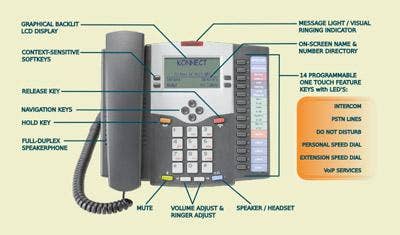
The Summit offered a chance for early arrivals with an affinity for the links to play some golf at the prestigious Nicklaus Golf Course. Telus Health Solutions was on hand to sponsor the tournament.

The golf tournament provided a chance for some recreation and some informal talk. Winners pose with Everything Channel's National Sales Director, Kevin McCluskey (second from right).
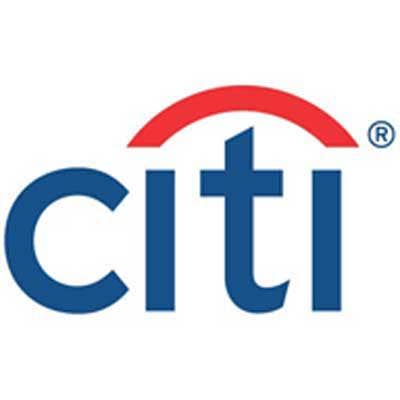
In his opening remarks, ChannelWeb Assistant Managing Editor Chad Berndtson looked back to 2008's Summit, when then-National Coordinator for Health IT Bob Kolodner told attendees that 2008 would "always be remembered as the tipping point year for health IT."
"Looking at what we've seen so far this year, that was a pretty solid bet," Berndtson said. "Bob made that call before stimulus, before the new administration, before several changings of the guard at HHS and the ONC, and before terms like electronic medical record and meaningful use entered the national lexicon."
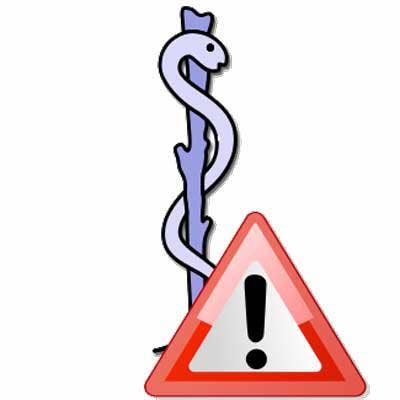
Opening keynote speaker J.D. Kleinke, medical economist and author of "OxyMorons: The Myth of a U.S. Healthcare System," said that up until the present, fundamental systemic flaws in health care have led to substandard care, driven up costs and prevented health providers from making electronic medical records (EMR) widely deployed.
Current technological trends and the political environment around health care could "finally fix the gaming of the system" that has forced health-care plans to do "the wrong thing" for so long.
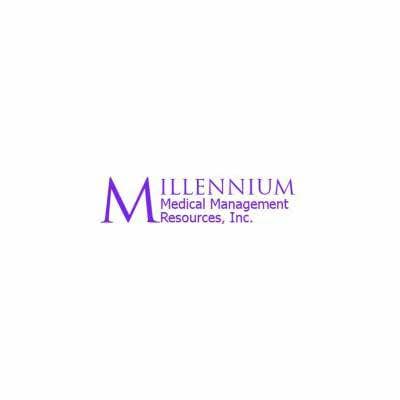
Glenn Steele, president and CEO of Geisinger Health Systems, urged health care insurers and providers to avoid the "four original sins of suboptimal health care in the U.S." They are unjustified variation, fragmentation of care giving, perverse payment incentives and the patient as a passive recipient of care.
It's change to that last one -- passive patients -- where health care could see "the biggest upside over the next decade," Steele said.

Barry Runyon, research vice president and analyst at Gartner, told attendees that care delivery organizations (CDO) will soon be relying on portals, mashups and other collaboration software to fill "white space" not served by traditional enterprise business applications.
"Remember to think outside your site -- social networking, distribution and portals that are social, programmable and mobile," Runyon urged. "Portals often include functionality from hosted applications, too. It doesn't even have to reside in your infrastructure."
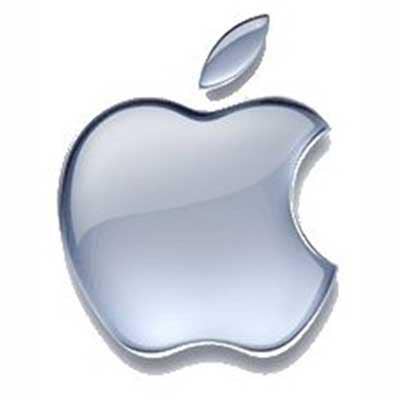
Bob Booz, managing vice president at Gartner, said the personal care medical home was still in its infancy, but has the potential to completely reshape the concept of health care to a more expansive, more individualized and more cost-effecitve model of health-care delivery.
That will be key to moving patient care into the home and away from the HMO-centric system, he said.
"It's a new way to define the patient as the center point of care within the primary system," Booz explained. "You would think [as a patient] you're the center of the universe already, but you're not."

John M. Armstrong, co-founder, chairman and CEO of Lead Horse Technologies, spoke at a lunchtime session about his company's efforts to develop Medloom, a clinical decision support system designed to educate users and reduce the rates, severity and costs of an all-too-common health-care problem: adverse drug reactions.
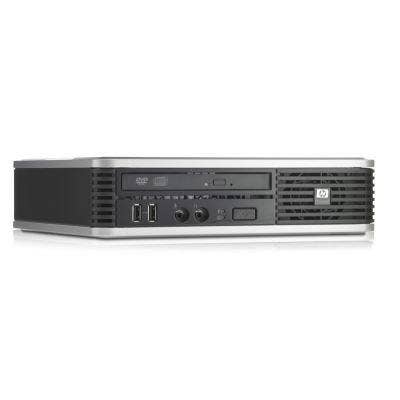
Gartner's John-David Lovelock, research vice president, urged attendees to rethink how they rate and manage their strategic vendor partnerships in health-care IT.
"Move customers and vendors from a transactional-based relationship to more of an ongoing relationship," Lovelock said. "It's an ongoing and multi-tiered process that ensures there are no surprises."

Jonathan Edwards, Gartner research vice president, says there's a lot of action needed before the dream of telemedicine becomes a reality in the health-care system. There's been too much talk about telemedicine for too long, he said, without a lot of action behind it.
"I'm not saying don't do a pilot," Edwards said. "I'm saying, do a pilot that you don't walk away from."
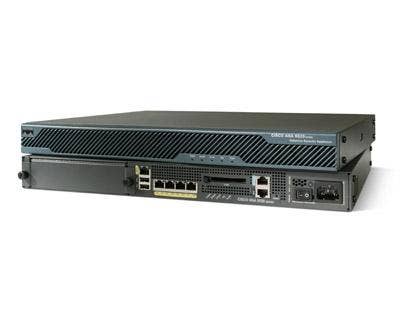
Gartner Vice President and Distinguished Analyst Wes Rishel said there are strong reasons why health-care organizations should seek to qualify for federal meaningful use funds for EMR software. The Obama Administration's stimulus plan is an EMR (electronic medical record) incentive, but is also intended as precursor to larger, more comprehensive structural changes in how IT is deployed in health care.
"It's a down payment on health-care reform," Rishel said of the federal stimulus. "What the government is trying to achieve is not always the same as what you're trying to achieve. You should understand which virtue you're dealing with on a given day."
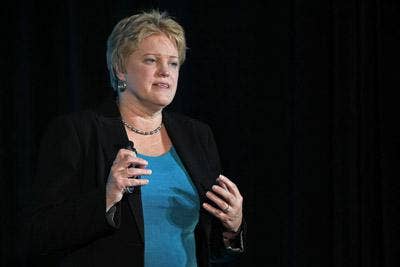
What happens when care delivery organizations do successfully implement an EMR? The work then is only beginning, said Vi Shaffer, research vice president at Gartner.
"The big takeaway of what we've been through in the last decade is that there is danger, if you will, in our accomplishment of this major project," Shaffer said during a breakout session. "If you look at things like the discussion of meaningful use criteria, it gives the impression that when we have completed our deployment of EMR, we're done. In reality, we're very far from done."
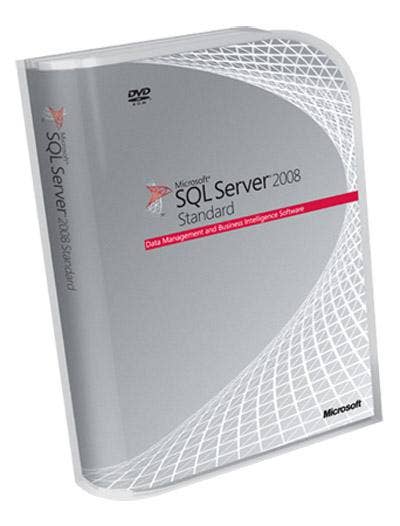
Scott Kornhauser, founder and CEO of Healthation, discussed Healthation's enterprise payer system architecture, which the company pushes as software that is completely rules-based, offers complete access across all lines of business, is Web-architected, OLTP-architected, workflow automated, delivered through a SaaS business model and provides open source code for collaborative development.
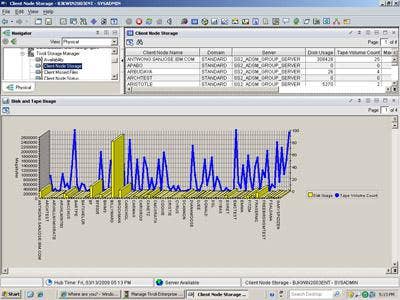
Hosting a boardroom session for Informatics Corporation of America, John Tempesco, vice president of client services and marketing, had a sharp message for attendees.

Telus Health director Mark Daniels holds attendees' attention at a Telus boardroom session.
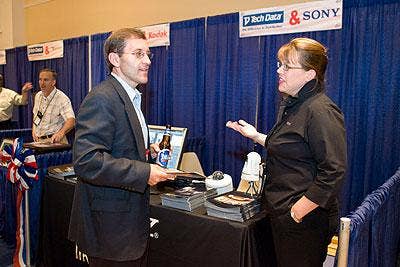
Qlikview saw plenty of action in the exhibit hall, where its business intelligence tools for health care were on display.

LogMeIn, which would later win the Healthcare IT Summit Award for Best Demonstration of Value/ROI -- Provider, also saw plenty of foot traffic.
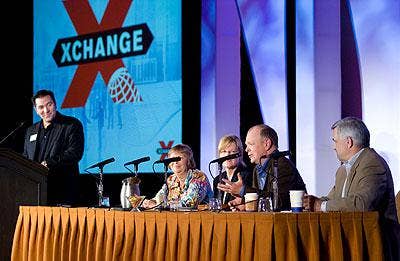
A number of attendees flocked to Microsoft's booth to hear about the latest in health care IT software from the tech giant.
Microsoft has been attacking both the consumer and the enterprise segments in the past two years with new health-care software platforms, including a personal health record tool, HealthVault, for consumers and Amalga, an information system for hospital and other medical enterprises.
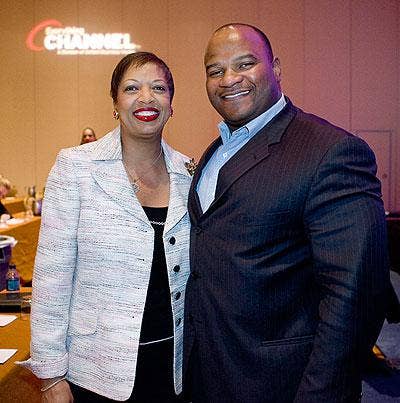
Pitney Bowes is best known for its metering services and mailing equipment, but in the past three years the company has made major entries into health-care systems. It's booth staff was said to have the right recipe.
For more on the 2009 Healthcare IT Summit, check out this look at Healthcare IT Summit Award Winners, and search "Healthcare IT Summit" on Channelweb.com for daily stories from the event.